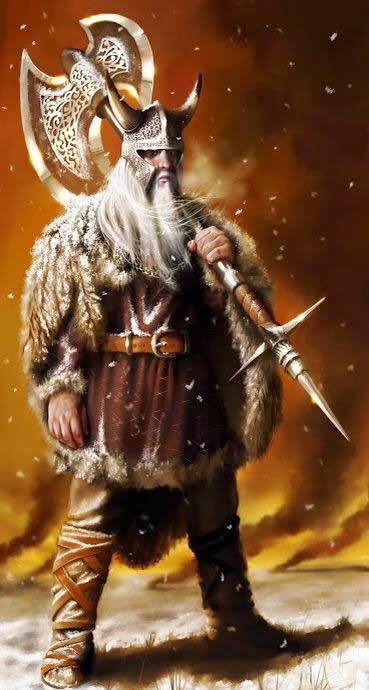 |
| William Tell |
Few medieval heroes are as widely known as William Tell. His exploits have been celebrated by poets, playwrights, and composers.
The Story of William Tell
The Story of William Tell A cruel Austrian official called Gessler was assigned to Switzerland. Gessler arranged to have a pole planted in the square of Altdorf with a hat at the top in Austrian colors. All those who passed had to bow to the hat in order to show their respect. William Tell and his son passed through the square and did not salute the hat.
Tell was arrested and brought before Gessler. His punishment for this disrespect was to shoot an apple off his son’s head. Tell, a famous marksman, accomplished this, but he had hidden a second arrow under his quiver. He told Gessler, “It was to pierce your heart if my first arrow killed my son.”
 |
| The Story |
In spite of his vast reputation, it is very likely that William Tell never existed, and it is certain that the story of the apple is pure fiction. Even so, the Swiss proudly recognize the legend, and the marksman’s image is on the back of the five-franc coin.
Truth Versus Fiction
Details have been added to the story over time in an attempt to make it seem true.
The earliest work that makes any allusion to the adventures of William Tell is the chronicle of the younger Melchior Russ, written in 1482. As the shooting of the apple was supposed to have taken place in 1296, this leaves an interval of 186 years between the event and the written account. In the interim, neither a Tell nor a William, nor the apple, nor the cruelty of Gessler received any mention in historic records.
 |
| Truth Versus Fiction |
Also, the charters of Kussnach (the village where the events supposedly took place) have been examined and show that no man by the name of Gessler ever ruled there.
Contemporary chroniclers described in detail the tyrannical acts of the Duke of Austria that goaded the Swiss to rebellion. Yet they do not once mention Tell’s name or betray the slightest acquaintance with his exploits or with his existence. These painstaking medieval chroniclers would never have kept silent about the adventures of this character if they had known about them.
The greatest proof that William Tell’s story is not historical comes from an almost identical earlier tale recorded by the medieval Danish author Saxo Grammaticus. He tells of a skilled archer named Palnatoki, one of King Harold’s bodyguards, who was envied by the others. Once, when Palnatoki had drunk too much, he boasted about his skill, saying that he could hit the smallest apple placed a long way off at the first shot.
 |
| Palnatoki |
The envious warriors turned the mind of the king against Palnatoki. Harold declared that Palnatoki must prove the truth of his boast by shooting an apple off his son’s head. Like Tell, Palnatoki did so, and like Tell, he hid another arrow. He told the king the reason: If he had accidentally killed his son, he would then have killed Harold.
Versions of the same story also appear in Central Asia, Finland, Norway, Persia, and Russia.